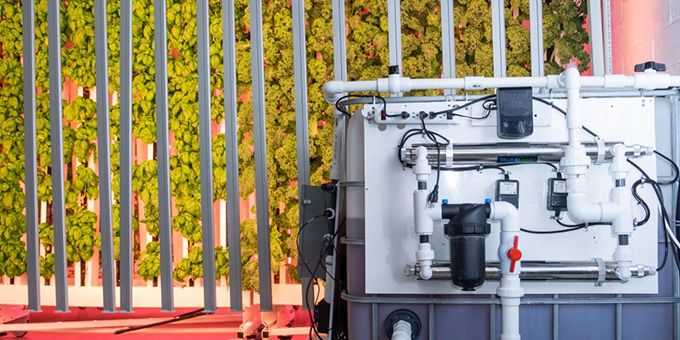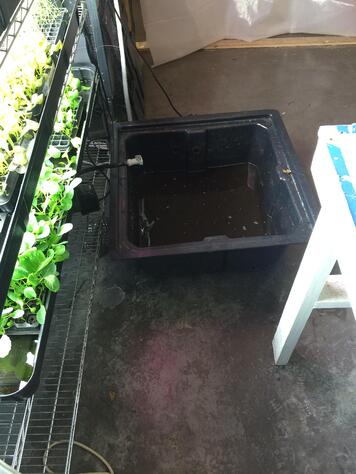We recommend that hydroponic growers flush their systems every month to every few months, depending on the type of system they’re running. But why? We’re also fans of recirculating system because it conserves water and nutrients.
 Flushing Hydroponic Systems: Nutrient Imbalance, Waste, and An Alternative Solution
Flushing Hydroponic Systems: Nutrient Imbalance, Waste, and An Alternative Solution

Article from | ZipGrow
Is flushing hydroponic systems wasteful?
We recommend that hydroponic growers flush their systems every month to every few months, depending on the type of system they’re running. But why? We’re also fans of recirculating system because it conserves water and nutrients, so it seems counterintuitive to dump gallons of nutrient solution every few months.
Let’s talk about why this is necessary and how you can practice conservation.
The problem: nutrient imbalance
The main reasons for flushing a hydroponic system is nutrient imbalance. Hydroponic fertilizers are specifically formulated for specific crops (you can buy nutrients for a type of crop, like greens or flowers), but each farmer grows a different combination of crops in different conditions, and the ratios in which plants take up nutrients is usually just a little bit off.
This nutrient imbalance is also affected by metal components if the system has any. Zinc and aluminum ions can cause toxicities if they accumulate over time. While it’s easy to just use plastic tanks and fittings, or to coat the metal components in your system with an epoxy to reduce leaching, sometimes the presence of metal is unavoidable.
Another reason that growers flush their system is a hygiene practice. Algae and many plant pathogens can survive in the water, and regular cleaning with a mild bleach or peroxide solution, or another oxidizing agent is a preventative measure.

Two solutions: flushing and mass balancing
Most hydroponic growers take care of this nutrient balance problem by flushing the system and starting from scratch with nutrients. This is certainly the easiest method. Be sure to check with your local town or municipality to follow the correct disposal procedure.
This practice can have a downside, however, because often the solution dumped from a system when it is being flushed isn’t used elsewhere. This can be wasteful.
The alternative to flushing a hydroponic system is to learn to mass balance. To do this, growers would get their water tested for individual nutrient levels. This usually has to be done through a lab.
Then the grower would adjust each individual nutrient to its proper level.
The reason that many growers choose to flush over mass balancing is that lab test can be pricey (you’ll probably have to pay at least $50, and sometimes up to $500). Still, this option can be cost effective, depending on the size of the system and access to lab testing.
Ultimately, how you choose to deal with nutrient balance is up to you.
The content & opinions in this article are the author’s and do not necessarily represent the views of AgriTechTomorrow
Comments (0)
This post does not have any comments. Be the first to leave a comment below.
Featured Product


